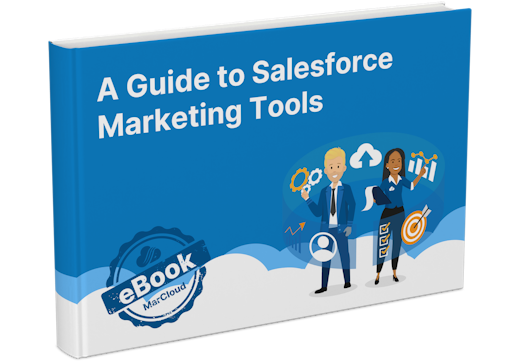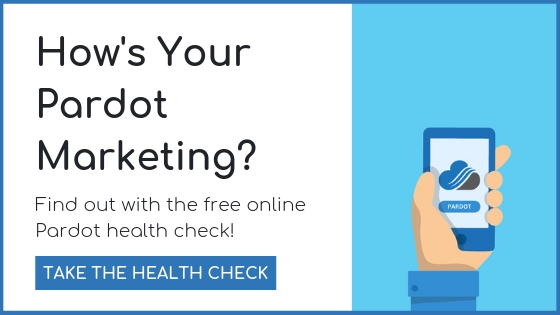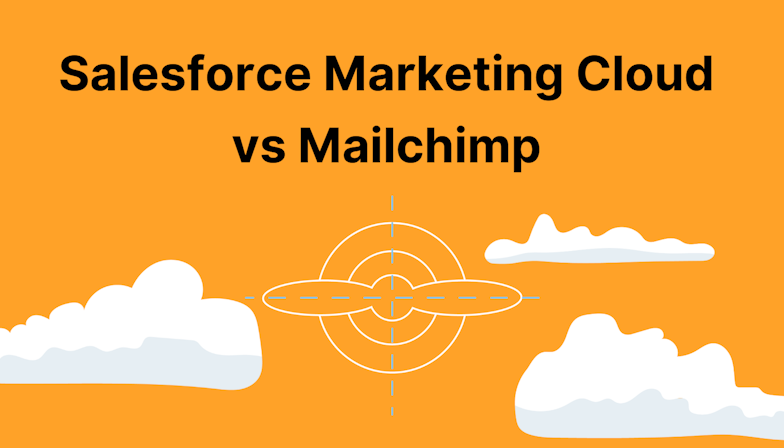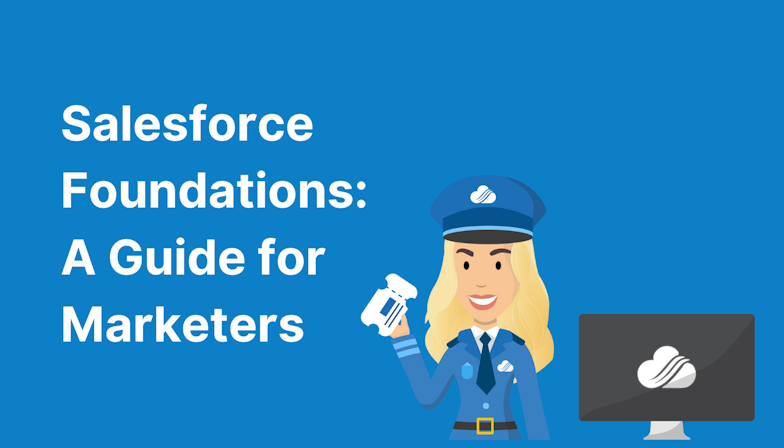This blog was written before Pardot was renamed to Marketing Cloud Account Engagement. You can read more about the name change and what it means here.
As all marketing automation providers should, the folks at Pardot are regularly updating their software to resolve technical bugs and improve functionality. Every now and then, they also give users new or updated features (yes, this is usually the highlight of our week when it happens!).
So at the time of publishing this blog post, in February 2019, here is our Best Pardot Feature List’, published for any marketers currently considering Pardot or wondering if there’s untapped potential in their implementation.
- Lifecycle report
- Connectors for social, video, webinar and event platforms
- Engagement Studio
- Connected Campaigns
- Campaign reporting
- Progressive profiling
- Automated lead distribution
- Scoring categories
- Salesforce and Pardot sync
- Dynamic content
Best Pardot Features 2019
Lifecycle report
Using the lifecycle report, marketers have full visibility of the average time it takes for prospects to convert. We can see our pipeline and how many opportunities were created within a timeframe, which helps predict and plan conversion targets and inform your business’ projected sales figures.
Connectors for social, video, webinar and event platforms to Pardot
When you integrate your social media networks, webinar software and event ticketing platforms, the information can seamlessly flow across and update prospect records. This means there is always a holistic and single view of a lead.
Engagement Studio
This is a feature we’ve written plenty of articles about here at MarCloud Consulting because it has such great capability to build complex nurture journeys, meaning marketers can send the right message to the right people at the right time.
Use connected campaigns to enable campaign attribution modelling
Again, having that single view of the entire customer journey is paramount to attributing marketing return on investment across each of the key touchpoints. By connecting campaigns and enabling campaign attribution modelling, it’s much simpler to see the ROI for specific campaign activity across many channels.
Campaign reporting
It might seem an obvious feature for any marketing automation solution, yet campaign reporting is not always comprehensive. With Pardot campaign reporting, you can accurately track ROI and, therefore, work out how cost-effective campaigns are.
Progressive profiling
It’s a well-known best practice that the fewer form fields you use when capturing leads, the higher the conversion rate. This comes at the compromise of having less data about your lead, especially when your segmentation strategy or nurture journey depends on various data points.
Progressive profiling then, is a way to gather more and more information from prospects each time they download new content, building a better profile of them which you can incorporate in your nurture strategy.
Automated lead distribution
The role of marketing automation software is to remove manual handling of data and improve efficiencies for both marketing and sales. With automated lead distribution, Pardot sends the hottest leads to Salesforce in real-time, meaning they can be followed up quickly and are more likely to convert to paying customers. Plus, saving your team the time of manually sharing the sales-qualified lead with their colleagues.
Scoring categories
Without a tool like Pardot, being able to identify which product/service your prospects are engaging with most is difficult, especially when you have multiple business units. A basic tool like Google Analytics doesn’t give you granular insights about this type of activity and doesn’t allow you to see how known leads interact, versus general website visitors, or attribute scores. However, this Pardot feature makes it clear which product/service your leads are interested in and where in their sales journey they are using scoring categories.
Salesforce & Pardot sync
Syncing Pardot with your Salesforce CRM allows marketing to use Pardot and Sales to use Salesforce, with both teams seeing all the information from both systems in one place, in real-time. It’s a marketing and sales alignment dream.
Dynamic Content
Dynamic content is a saviour because it removes the need to create multiple variations of emails for different segments, enabling you to replace the content within an email based on a particular data point for your records. It also works on landing pages and on your own website, meaning you can tailor the digital experience based on what you know about that person.
These are ten of our favourite Pardot features but there are plenty more that we use every day and some of these are the basic automation capabilities we’ve come to expect as standard.
A lot of the time, when clients come to us they know they’re not using Pardot to the best of its ability and, as a result, are not getting the most value for their investment.
Hopefully, this Pardot feature list has given you some ideas about the functionality and features you might not be using yet but could be!
We can help you identify opportunities to use Pardot features more, or in an improved way. To arrange a free Pardot audit of your current setup, contact us here.

Tom Ryan
Founder & CEO of MarCloud, Tom has been on both sides of the fence, client-side and agency, working with Salesforce platforms for the best part of a decade. He's a Salesforce Marketing Champion and certified consultant who loves to co-host webinars and pen original guides and articles. A regular contributor to online business and marketing publications, he's passionate about marketing automation and, along with the team, is rapidly making MarCloud the go-to place for Marketing Cloud and Salesforce expertise. He unapologetically uses the terms Pardot, Account Engagement and MCAE interchangeably.
More by Tom RyanFeatured resource

Salesforce Marketing Tools
With the eBook ‘A Guide to Salesforce Marketing Tools’ in your arsenal, you’ll have a go-to, comprehensive, expert guide to understanding and selecting your perfect Salesforce marketing platform(s), be it Marketing Cloud Account Engagement (Pardot) or Engagement, and the products available to each.
Download now


![Coloured background with text 5 Steps to Marketing Cloud ROI [Free Webinar Replay]](https://www.datocms-assets.com/103555/1744265483-marketing-cloud-roi-features.png?auto=format&dpr=0.5&w=1568)